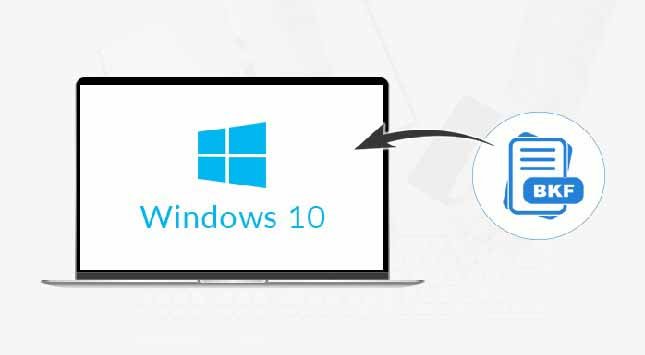Linux is an open-source operating system that is free to use and is used by many around the world. Linux is a great alternative to Microsoft OS and the Apple Mac OS.
Despite the two conventional operating systems being widely used, others opt to use Linux for various reasons.
The good news is, Linux also has the functions that the two popular operating systems have and some websites support Linux.
However, if the websites and applications you plan to use work well in operating systems other than Linux, the solution is easy and that is to dual-boot your computers and enjoy both Windows and Linux.
You May Read: windows 10 password bypass
Provided you choose to use Linux Mint but still do not want to disable Windows 10 entirely, we will discuss here how to dual-boot Windows 10 and Linux Mint. This will be easy to understand since it is intended for beginners. Before we finally discuss the installation, let us know some various ways of using a Linux operating system.
Various Ways of Using a Linux Operating System
Linux within Windows Using a Virtual Machine
This is one way of using the Linux operating system within Windows. It will run like any other application you can use within Windows. In this way, you can get a feel of using Linux OS in the safest way possible. However, this will eat up your device’s resources and will require at least 4 Gig of RAM.
Linux Live Version
This is a way of using Linux wherein you will have to make use of a USB or DVD and boot your device from it. However, knowing that the bootable device is external storage, the performance will be relatively slow and the chances of saving changes done in Linux are next to none.
Uninstall Windows
you will do this if you already have a backup copy of all your data or if you have decided to say goodbye completely to Windows OS and install the Linux OS.
Linux Along with Windows
This method is the one we are going to discuss and this will require you to dual boot your device. This means you will install Linux Mint on your device with Windows 10 OS installed in it.
When your device powers you are prompted to choose between Linux and Windows. Beginners may find it complicated but this is the best way to experience Linux while getting hold of Windows.
How to Installing Linux Mint (7 Easy Steps)
Step 1
The first step is to create a live USB or disk. Simply go to the Linux Mint website download the ISO file and burn it to your USB or DVD. You will need are writer to do this, and there are FREE versions available for this.
Step 2
Once you already have your live USB or disk, you will now create a new partition in your computer to make room for Linux Mint. If you already have partitions readily available, simply select any of them.
If you still do not have a partition, just go to the Start menu in your Windows 10 device and type partition. The Disk Management utility window will pop up. Select a disk you want to make some free space for your Linux and shrink the volume.
Step 3
Your next step is booting to the Live USB by plugging in the live USB you have just created and restarting your device. While booting, press the F10 or F12 key and it will bring you to the computer’s boot menu.
Select the boot from USB or boot removable media options. Please note that if your computer has Windows 8 or Windows 8.1 by default and upgraded it to Windows 10, you have to disable secure boot.
Step 4
Now that you have booted the system from USB, the installation process shall now begin. You will find the install option on the desktop of your computer upon booting. Just click the install Linux and select the Language of your choice.
Step 5
Your next step is to prepare the partition. If the option Install Linux Mint alongside Windows is available choose that one and Linux Mint will take care of the rest. If not, proceed to Step 6.
However, even if the Install Linux Mint alongside Windows option is available it is best to install Linux in a separate partition so choose the Something option and click continue.
Step 6
Install Linux Mint in the created partition. Like installing Windows create different partitions for your different files from the system files to your music and documents to your Linux Swap files.
Step 7
The final step is to create your desired settings from login to the keyboard layout and all. Once the installation is complete you now restart your computer and you can now choose between Linux Mint and Windows 10.







Pretty good tip, thank alot!